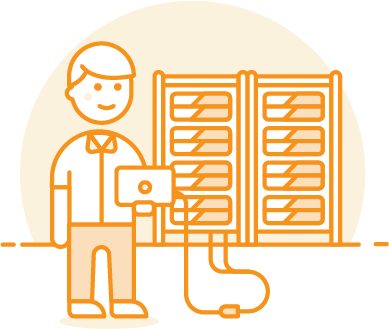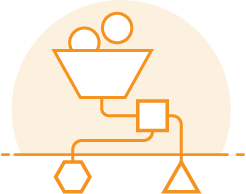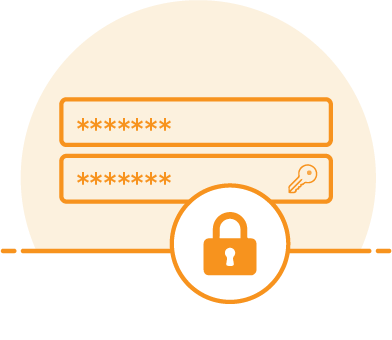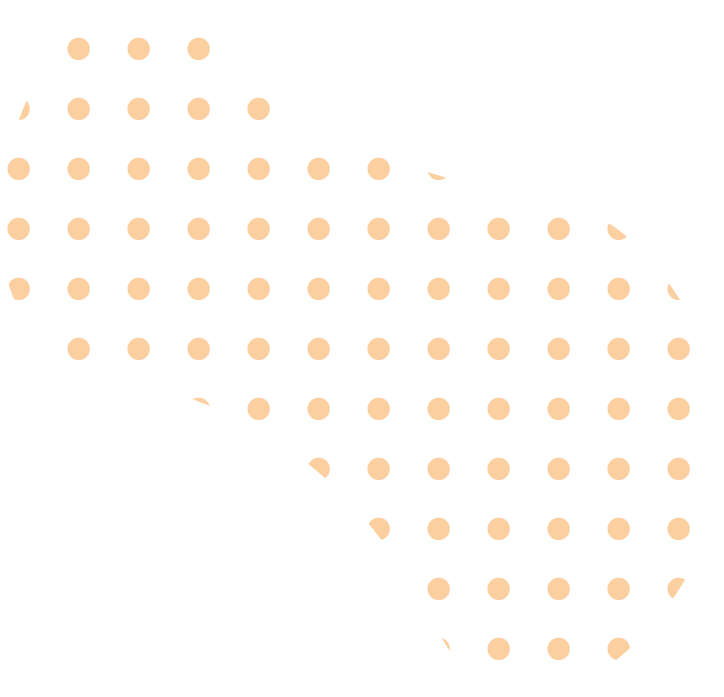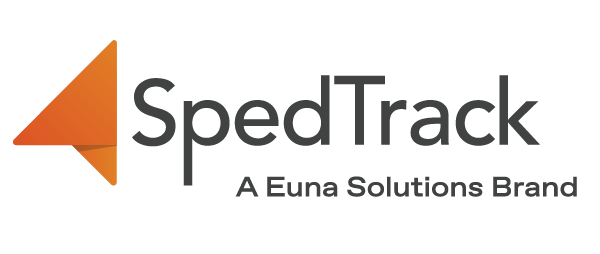What is Baseline Data?
Baseline data is the information gathered about a student before any intervention. It allows teachers to see the student’s Present Level in terms of knowledge and skills, so they know how much time, support, or services they need to reach goals and attain student success.
Baseline data establishes the foundation to track the student’s progress in quantifiable and measurable means, often in terms of the following:
- Frequency: number of times a behavior or event occurs
- Rate: number of times a behavior or event occurs over a period of time
- Duration: how long an event happens
- Percentage: accuracy in percentage of test scores or number of correct answers given over the total number of questions
- Interval: how many samples there are throughout a particular time interval
The goal of baseline data collection is to have an assessment used in future sessions. These data sets will serve as the starting point for IEP data collection and be used as the benchmark in progress monitoring.
In this article, we will talk about how to use baseline data in the context of IEP data collection and the benefits of obtaining them.
How Baseline Data Can Be Used
Baseline data can be used in an IEP in the following ways:
- To provide contextual information
- To inform instruction
- To drive progress monitoring
- To make informed and data-driven decisions
Baseline Data Provides Contextual Information
The Rhode Island Department of Education (RIDE) & the National Center for the Improvement of Educational Assessment define baseline data as the “information about students’ level of performance at the ‘start’ of the interval of instruction.”
Baseline data provides vital contextual information and reference points about the student’s existing skills and abilities, serving as the benchmark for data collection. This contextual data helps teachers design appropriate lessons and facilitate educational experiences that support academic and functional learning.
For example, some students may not demonstrate academic difficulties in a specific area. However, they may show early signs of having trouble with peer relationships or interpersonal behavior at school. Baseline data helps teachers better understand what these students may need to succeed academically and socially.
Baseline Data Informs Instruction
Educators use baseline data to create tailored learning experiences, which leverage evidence-based techniques and approaches for the students.
Baseline data can also help determine areas of need through assessments. Test scores, homework, attendance, quizzes, surveys, grades, and even pre-tests provide data sets that inform instruction and empower school- and district-level strategies.
Baseline Data Drives Progress Monitoring and Reporting
Baseline information establishes the foundation to monitor student progress throughout the school year.
Baseline data forms the starting point for the IEP team to establish measurable IEP goals on which progress monitoring of the student can begin. Thus it lays the groundwork for objective progress reports, which are then shared with parents/guardians and key stakeholders, such as school administrators.
Without baseline data, it would be challenging to monitor and report any changes from the Present Level to the outcome level (if any).
Baseline Data is Vital in Making Informed and Data-Driven Decisions
Baseline data is a set of quantifiable and measurable data points that can be used alongside other forms of assessment data to make informed and evidence-based decisions.
It identifies specific skill deficits that interfere with school performance and helps in setting Specific, Measurable, Apparent, Relevant, and Timely (SMART) goals, which feed data-based insights and strategies for the next school year’s IEPs.
When the IEP team members collect baseline data, key stakeholders can identify the necessary resources and special education solutions to address learners’ needs and determine the effectiveness of programs and service providers.
Baseline Data in IEPs
Baseline data is a vital set of information when developing special education programs. Baseline data collection is the first step in beginning to monitor student progress on an IEP.
An Individualized Education Plan (IEP) is a written document for students with learning, physical, or emotional disabilities. It is a plan for educating a child who needs specially designed instruction and related services because of a disability.
Baseline data helps identify what skills the student can already do, which ones need more work, and helps IEP teams create SMART goals.
In an IEP, the baseline data is often referred to as the “Present Levels of Academic Achievement and Functional Performance” (PLAAFP or PL for short). Educators use this to set SMART goals and monitor progress.
Baseline data collection in special education may be more complex than in general education as multiple data sources outside the classroom can be used. Data may come from trained special education professionals and service providers such as speech and language pathologists and behavioral, occupational, and physical therapists.
Because of the wide variety of potential data sources, it is essential to have a standardized system for data collection, reporting, and analysis. Many schools and districts use IEP software and special education solutions to track, monitor, and provide a centralized hub for relevant student records. Next-generation solutions enable the IEP team to track data points on the students and provide real-time graphing and reporting that ensure that adequate progress is being met.
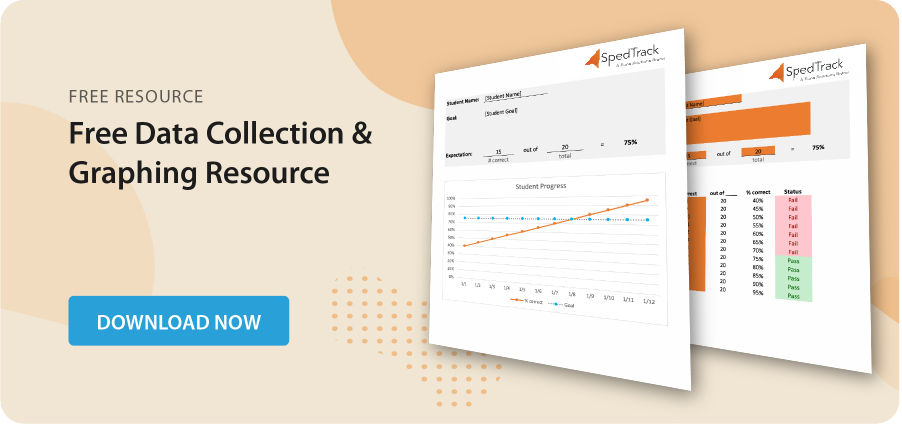
Baseline Data & Response to Intervention (RTI)
Response to Intervention (RTI) is a proactive, multi-tier approach to the early identification of learning and behavioral needs, as well as the ongoing monitoring of students as they learn and application of evidence-based instructions and interventions.
Learners who struggle with education can be provided with interventions at an increasing intensity to speed up their learning rate.
RTI enables learners to receive instructions and interventions based on their individual needs instead of finding themselves failing at a more advanced level.
RTI is usually provided by general and special education teachers and special needs specialists. It provides educators with the necessary training and strategies to help struggling learners, enabling all children to succeed academically.
Data gathered during the RTI serves as an excellent source of baseline data for IEP development.
Through the use of RTI methods, student progress can be closely tracked throughout the school year, including individual assessments on the student’s learning rate and performance level. RTI data can be helpful in developing IEP goals by providing informed insights on the intensity and duration of interventions and what the child’s outcome data was in response to the interventions.
Comparing Data Sources
In comparing data sources, it is essential to examine the purpose and validity of each source of information.
For example, suppose a student has met their IEP goals but has not yet demonstrated mastery of grade-level material using the information collected during an intervention. In such cases, knowing the purpose of data sources, like IEP goals, can help educators from viewing students’ progress as negative.
In such cases, it is crucial to determine which data sources are accurate before using them in making instructional decisions.
Benefits of Baseline Data Collection
Baseline data collection brings several benefits to special education programs as it:
- Assists in the creation of SMART goals
- Lays the foundation to monitor student progress
- It’s the starting point of tracking student learning
- Provides insights into staff work loads
Assists in the Creation of SMART Goals for Learners
Like tracking Student Learning Objectives (SLOs), baseline data helps educators set SMART goals for learners.
Baseline data represents a great starting point for developing IEP goals and ensures that these goals are set based on the student’s current level of academic and functional knowledge, skills, and behavior.
For instance, baseline data can assist in the fundamental decision-making process about how an individual learner might progress over the course of a given period.
Monitor Student Progress
Baseline data identifies student weaknesses or focus areas before any intervention. Baseline data forms the starting point for the IEP team to set measurable IEP goals on which progress monitoring of the student can begin.
Continuous progress monitoring allows teachers and school staff to ensure that learners are making adequate progress as they track student successes and test scores.
Track Student Learning Objectives (SLOs)
According to the National Education Association (NEA), Student Learning Objectives (SLOs) are “the implementation of a long-term academic goal or set of goals created by a teacher or group of teachers using data about students and their learning over a defined period of time.”
The use of initial data in determining IEP goals and tracking SLOs – critical elements of progress monitoring – can also prevent wasting time and resources on those appropriate in theory but unattainable in practice.
For example, suppose a student has been making steady progress towards an SLO that does not align with their current academic performance. In that case, it is deemed unsuitable and would have to be modified.
The Carnegie Mellon University identifies three key components to ensure SLOs are aligned with the academic and functional performance:
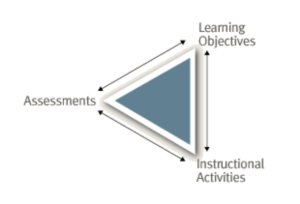
Credit: Carnegie Mellon University
Provides Insights Into Overall Caseloads
Another benefit of collecting baseline data and continuously monitoring progress is that the resulting information can be aggregated and reported across the special educator’s entire caseload. To accomplish this efficiently without over burdening special educators, districts should consider investing in a progress monitoring software solution.
For instance, baseline data coupled with the data collected during progress monitoring can be used to determine caseload-level data (vs. individual student data) such as how many students are on and off track.
Manage Your Baseline Data with SpedTrack
Baseline data is helpful when working with students with disabilities because it indicates their skill level compared to their appropriate level of education. By obtaining such information, tailored interventions and appropriate learning experiences can be provided to students with special needs.
Learn how you can leverage baseline data in an IEP and how Spedtrack can simplify special education for you.
Request a demo today to find out more.








